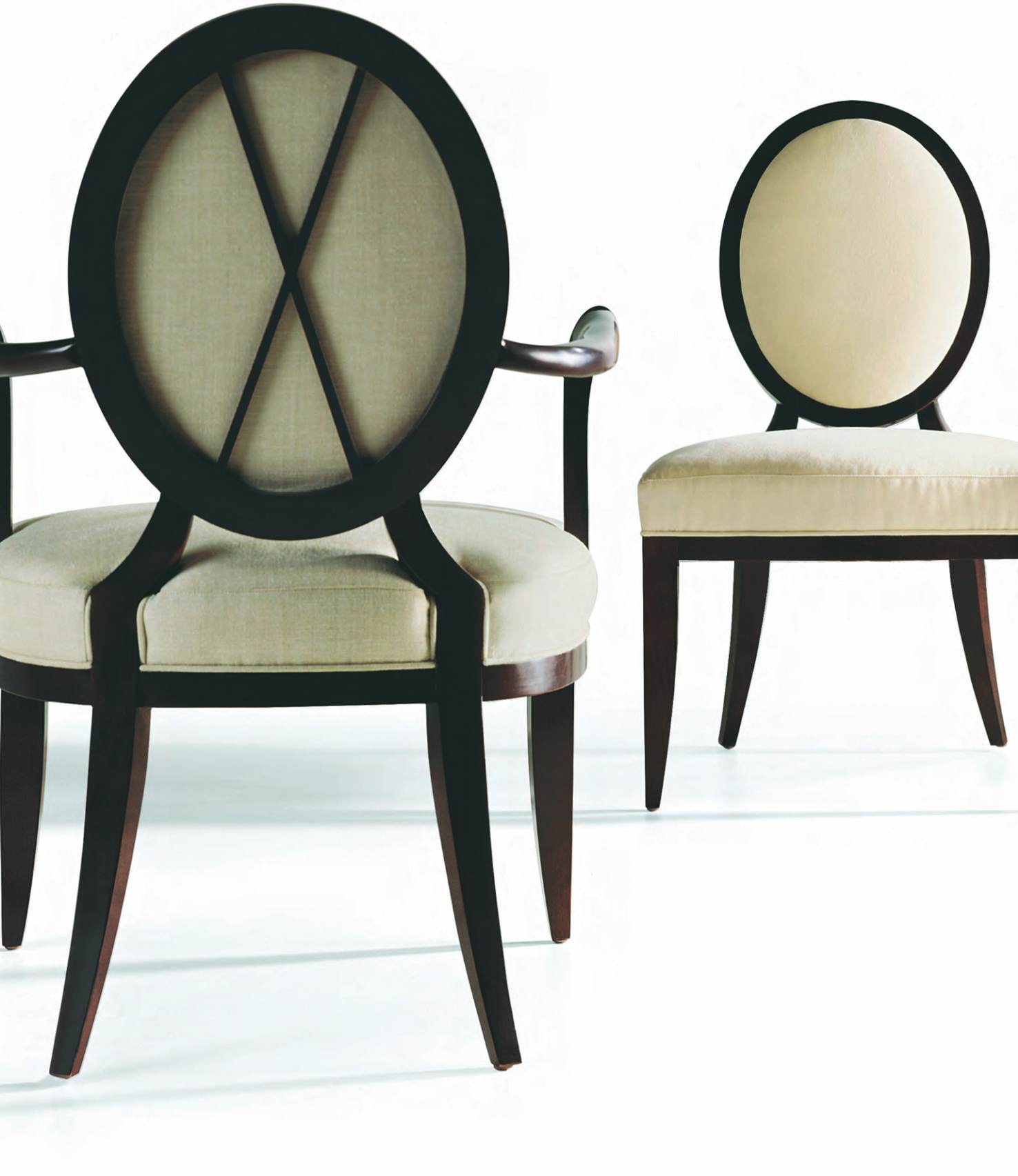Basic HTML Version



46
winter
|
spr ing
Not wanting to wait for the landscaping to mature, they had Reidel move
a 15-year-old orange grove as well as mature palms and a rubber tree from
a site at State and Gutierrez Streets.
The Peabodys moved into their new home in January 1915 and spent
the winter season entertaining lavishly. They continued to visit Santa
Barbara periodically until the marriage ended in 1918.
The Great War Intervenes
World War I shook the world and rearranged it. It had its effect on
Peabody, too. Always civic minded, he now increased his philanthropic
efforts. He contributed personal funds for a field hospital as well as a base
hospital in Bordeaux, France. He offered to pay for the needs of a naval
recruiting office in Los Angeles. The
Santa Barbara Independent
wrote,
“He gave without stint of his fortune to promote the success of the Allies.”
At some point, Peabody met a most extraordinary woman, the English-
born, Oxford-educated Kathleen Burke, known as the “Modern Day
Florence Nightingale” and the “Angel of France” for her relief work on the
battlefields of Europe.
Possibly the most decorated woman in history, she was the first woman
sent to the front by the British government and the first allowed to enter
Verdun, an experience about which she wrote a book, “The White Road to
Verdun.” Britain awarded her the Victory Medal and made her honorary
Commander of the British Empire. The French gave her their Red Cross
Medal, Serbia made her a Knight of Saint Sava; Russia gave her the Cross
of St. George, … and the list goes on. She was a tireless fundraiser for the
war effort and the Red Cross, her stirring speeches opening the purses of
the most penurious.
On May 28, 1919 the signing of the Treaty of Versailles ended the
war. Their duties completed, 61-year-old Frederick Forrest Peabody and
C
M
Y
CM
MY
CY
CMY
K
33-year-old Kathleen Burke were married at Eagle Ranch near Atascadero
on April 5, 1920. Peabody had purchased the Eagle Ranch, 2,400 acres of
an old Mexican land grant, from the Alien Property Custodian in 1919.
Its previous owner, Baron John Henry von Schroeder had fought on the
side of the Germans in WWI and had his property seized. After Peabody’s
death in 1927, Kathleen kept the ranch and turned it into a wildlife
preserve. The ranch was sold in 1964 and today is the subject of a struggle
between developers and a land conservancy group.
Solano
The house that Francis Underhill had designed for Peabody was lavishly
furnished and offered spectacular views from three sides. Its singular
beauty drew royal visitors. In 1919, King Albert of Belgium, during a visit
to Montecito, arrived at Peabody’s doorstep and invited himself to tea.
In 1926, a special train from New York brought hundreds of garden
queens to Santa Barbara for the Garden Club of America’s annual meeting,
which included tours of dozens of Montecito and Santa Barbara estates. At
Solano they found the central courtyard to be a very charming spot with
its immense central oak tree and plantings of camellias, wisteria, jasmine,
and begonias. The approach to the house was a large court bordered by
orange trees loaded with fruit.
The house, they reported, was occupied by the two Peabodys and
their pet terrier; the garden by “dozens of families of house finches and
hummingbirds in the vines surrounding the patio.” A network of simple
paths bordered by lantana, ceanothus, and climbing roses let to special
hidden nooks. One contained a formal garden, another the tennis court,
and yet another sheltered seating.
Nowhere had the ladies of the Garden Club had a more gracious
reception than at Solano.
Kathleen and Frederick Peabody at the dedication of the stadium at Santa Barbara High School
Kathleen Burke Peabody with bull at Eagle Ranch in Atascadero

